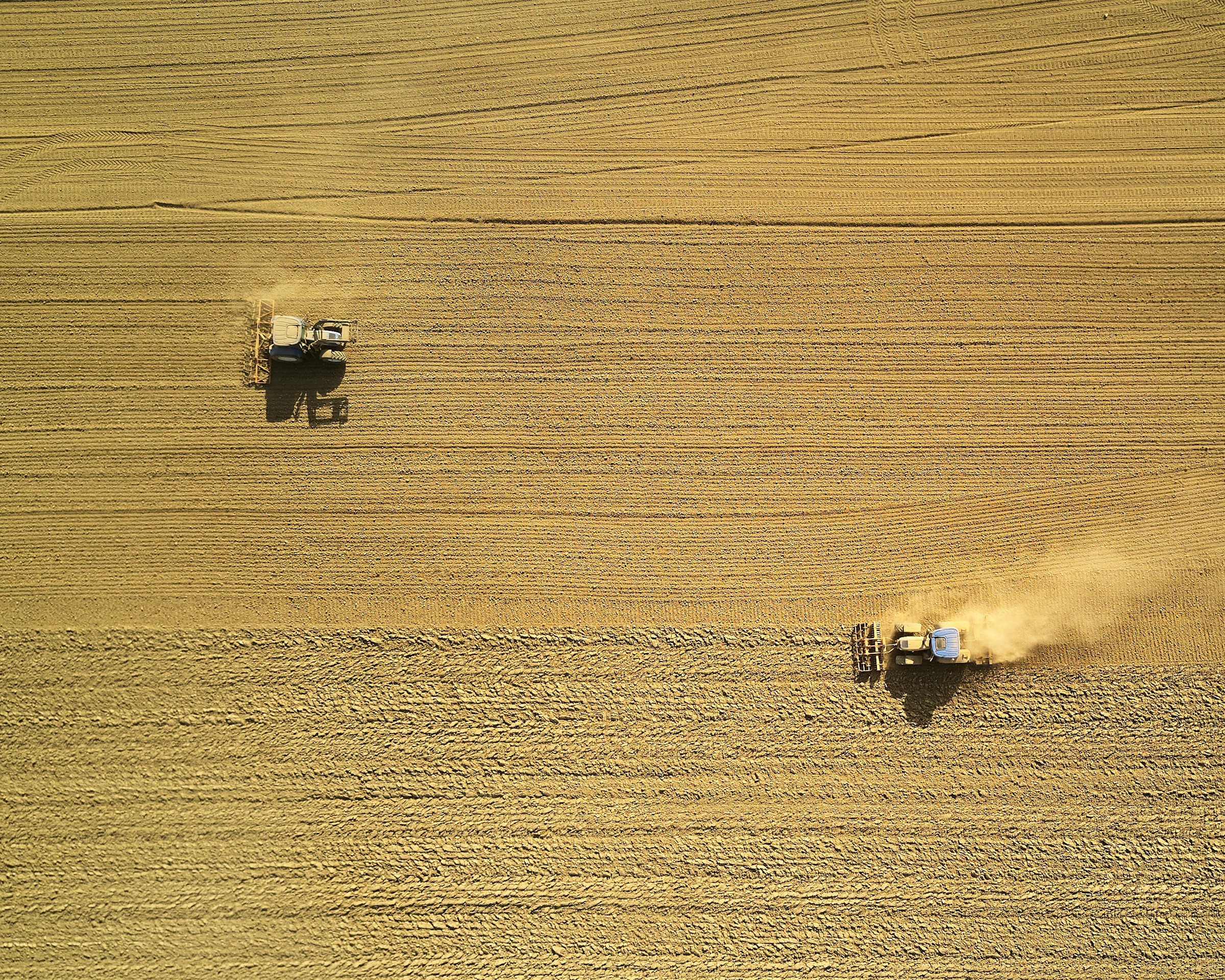Details and abstract follow of a paper written by FCRN mailing list member, Chris Smaje, entitled Industrial or agro-ecological farming: performance indicators in the UK (2011).
Abstract
This paper examines the performance of conventional, high-input ‘industrial’ farming and agro-ecological smallholding across seven different indicators of performance:
- Productivity per unit area.
- Productivity per unit cultivated area.
- Nutritionally necessary productive capacity.
- Productivity per unit labour.
Details and abstract follow of a paper written by FCRN mailing list member, Chris Smaje, entitled Industrial or agro-ecological farming: performance indicators in the UK (2011).
Abstract
This paper examines the performance of conventional, high-input ‘industrial’ farming and agro-ecological smallholding across seven different indicators of performance:
- Productivity per unit area.
- Productivity per unit cultivated area.
- Nutritionally necessary productive capacity.
- Productivity per unit labour.
- Productivity per unit greenhouse gas emitted.
- Productivity per unit fossil energy use.
- Biodiversity.

Comments (0)